Cluain Patrick, Kilmore, County Roscommon
Today is St Patrick’s Day in Ireland, so we’re visiting a well dedicated to Ireland’s most famous patron saint. This week we’re in County Roscommon, in the Irish midlands, seeking out a well which is to be found at the end of a hidden, leafy green lane:
You never know what you’re going to get when you venture down a lane like this. An overgrown, abandoned heap of stone, or a still-visited living well? In this case, the answer is the latter. Cluain Patrick (the Irish word Cluain translates as ‘meadow’) is still a working community well, and one way you can tell is that a new altar has been built near it. This is not unusual at wells near towns, where an outdoor mass is often held on the saint’s day. Perhaps one will be happening here today. Here is the local priest at work three years back:
You may have noticed that this priest is not a native Irishman. This is increasingly common across the country. The land which used to produce one priest per family can now barely find a handful of Irish men who want the job. As a result, there has been an influx of priests from other nations, and those nations are usually outside Europe, in parts of the world where Christianity is still taken seriously. I don’t know where the priest in this picture is from, but in my local Catholic church the African pastor is from Nigeria - and yet he has the deliciously Irish name of Father Ciaran. I hadn’t realised until recently that Nigeria was originally evangelised by Irish Christians. Now it seems the favour is being returned. We are the pagans now, and we need all the help we can get.
This is, of course, a highly appropriate scenario at a well dedicated to St Patrick, who was not Irish either. He was a Brit, like me, who was captured and sold into slavery in Ireland, later going native and becoming a pioneering Christian saint in a land which was later to be famed for its surfeit of them. I wrote about Patrick’s journey, and the wild, edgeland Christianity of early Ireland, in this post two years ago.
I wouldn’t call this a wild well, though. There is nothing wild about the Irish midlands. This place feels more like a slightly ragged, welcoming old garden. It’s even accessed through its own little garden gate:
The most striking thing about its site is probably the old trees which loom around the edges, and especially the great yew which towers over the well itself. Across England it is common to find extremely ancient yew trees at Christian sites, many of them possibly older than the churches built next to them, which may imply the Christianising of a previously pagan sanctuary. I don’t know how old this yew is, but given how slow growing they are, it must be a good century or two:
The trees here have been affixed with little signs reminding visitors that nature is God’s creation. We were all born in a garden, after all:
The well itself is a small hollow in the limestone, through which water naturally wells up. As you can see from the picture at the top, the water was not abundant when I visited. Its fullness is probably dependant on the level of the water table. When it goes down, the coins that people have thrown it for luck are exposed. Other things are exposed too, like this printed prayer to the saint which someone had deposited in the waters:
The well is watched over by a statue of St Patrick. I am going to be Christian about this statue, and just call it ‘folk art’:
The school’s history collection recounts a story about this well, which is a version of a story you’ll hear from wells all across the country. A silver fish lived in it, and one day a woman drawing water from the well drew the fish up with it. Rather than putting it back, she took it home and stuck it on the griddle over the fire. The fish jumped off and made its way back to the well, which was so insulted by this treatment that it dried up and moved location in protest.
Today in Ireland will be marked mainly by parades in towns and cities across the country, which will have no connection whatsoever to Patrick and his world. We can expect tractor convoys, GAA marches, Guinness hats, leprechaun t-shirts and any number of bright green plastic gee-gaws specially flogged for the occasion. Personally, I think you’d be better off spending the day at any one of the wells dedicated to Patricius across the country, perhaps sitting under a yew tree praying the magnificent hymn known as St Patrick’s Breastplate. That’s my idea of a good morning out, these days. But then I’m eccentric like that.
Happy St Patrick’s Day to you all.





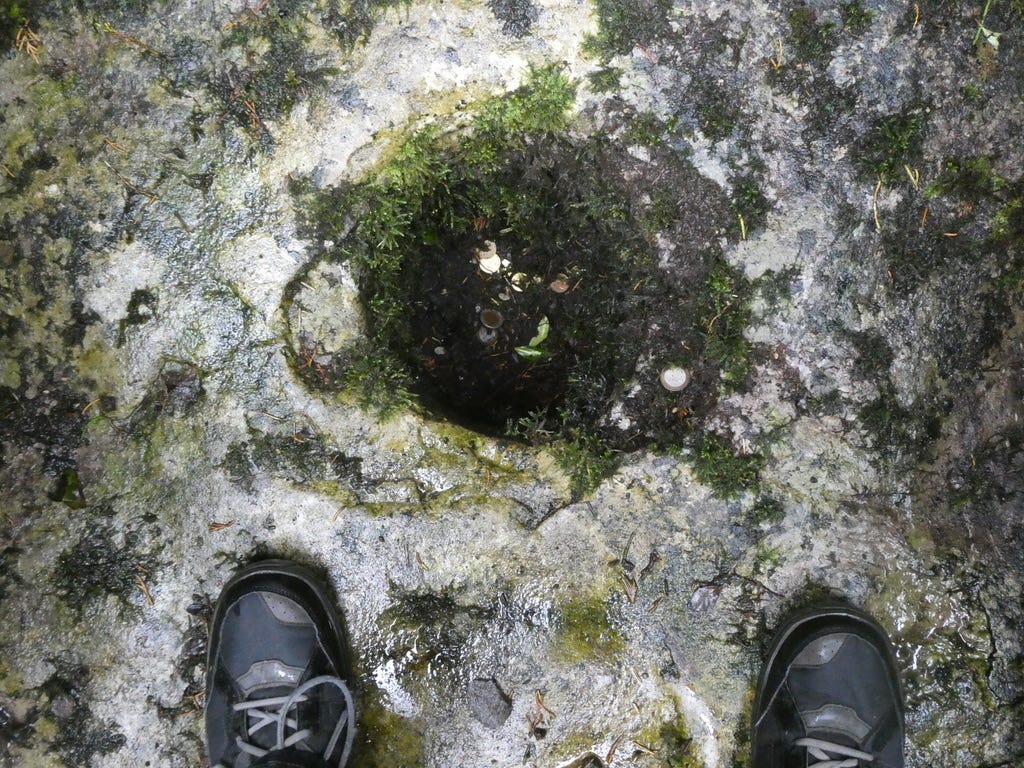

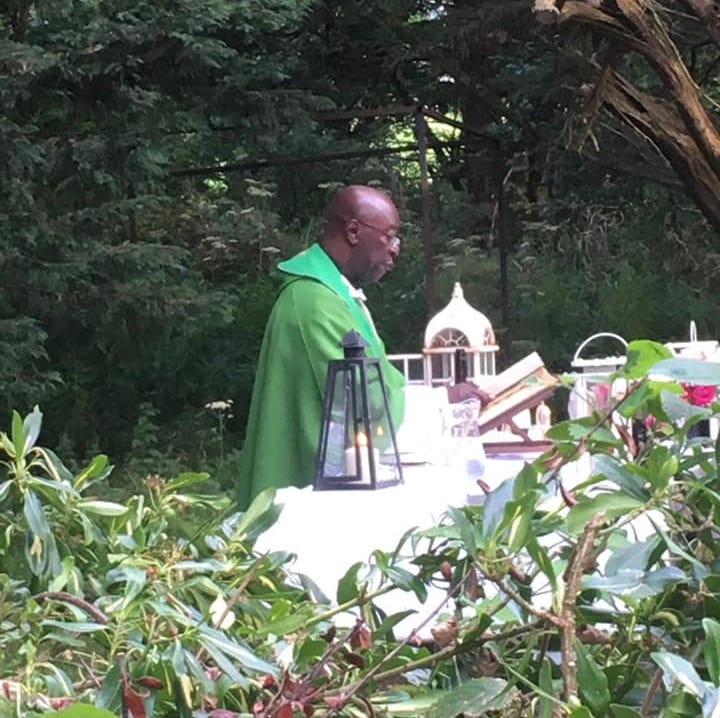
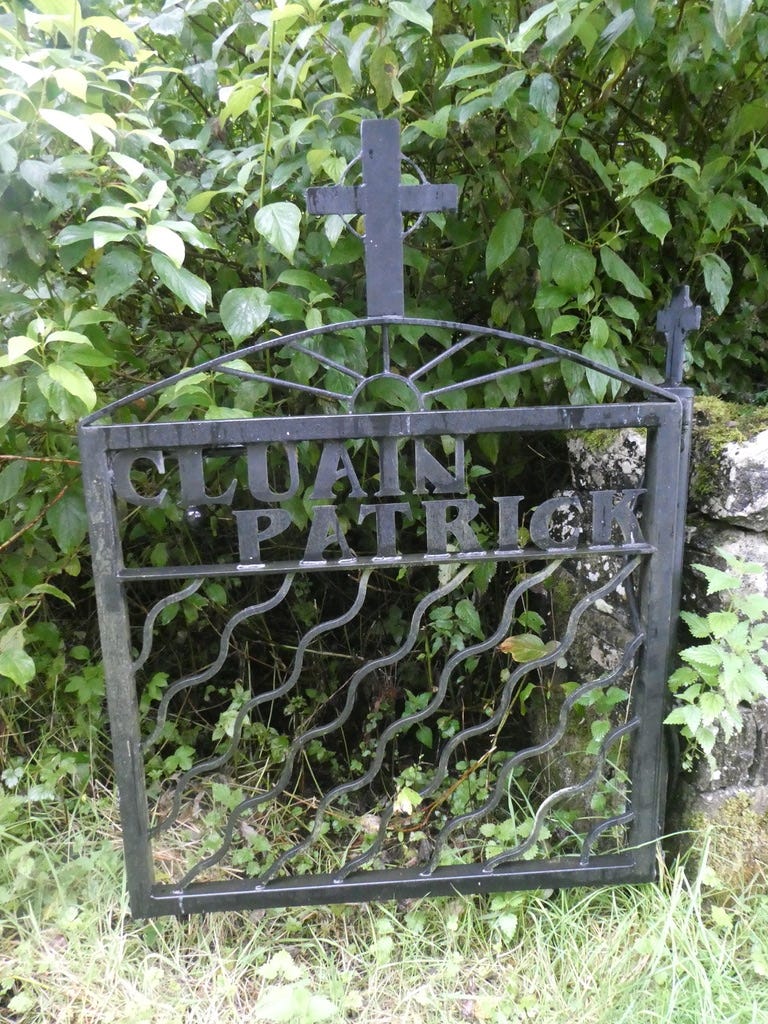
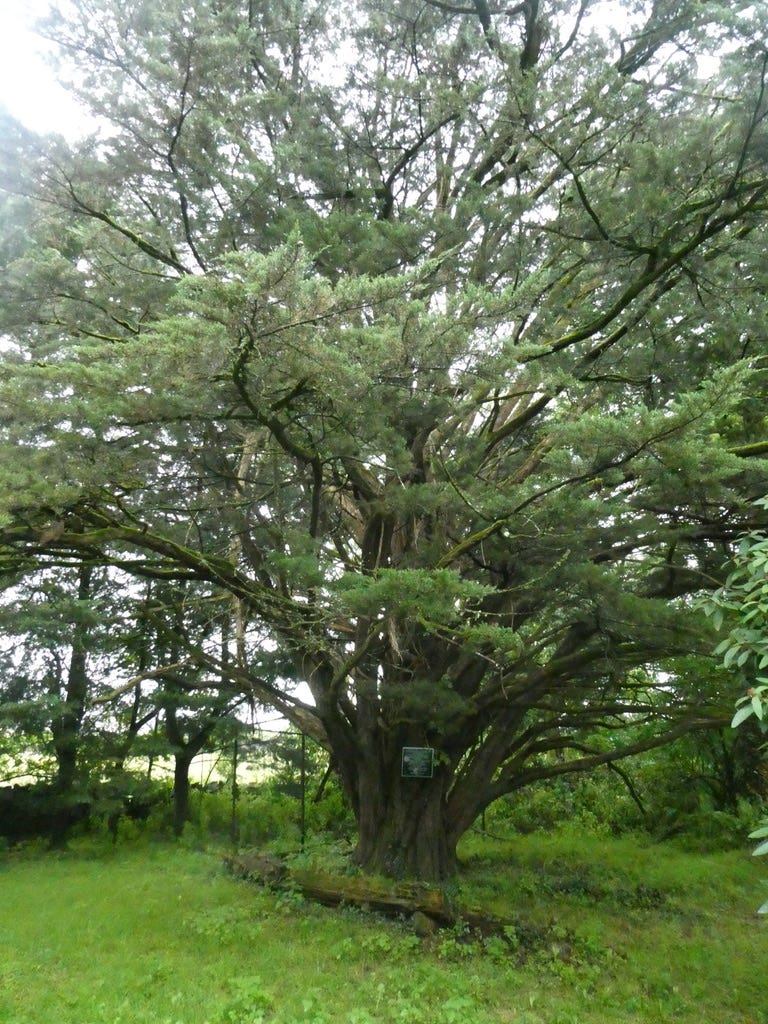
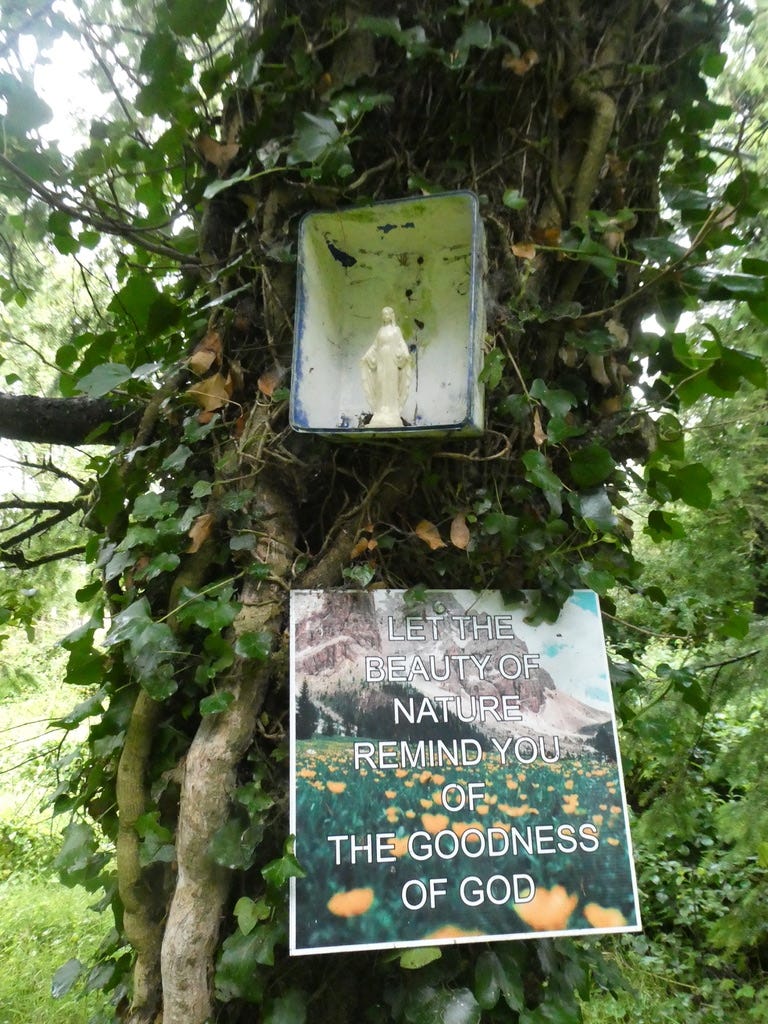
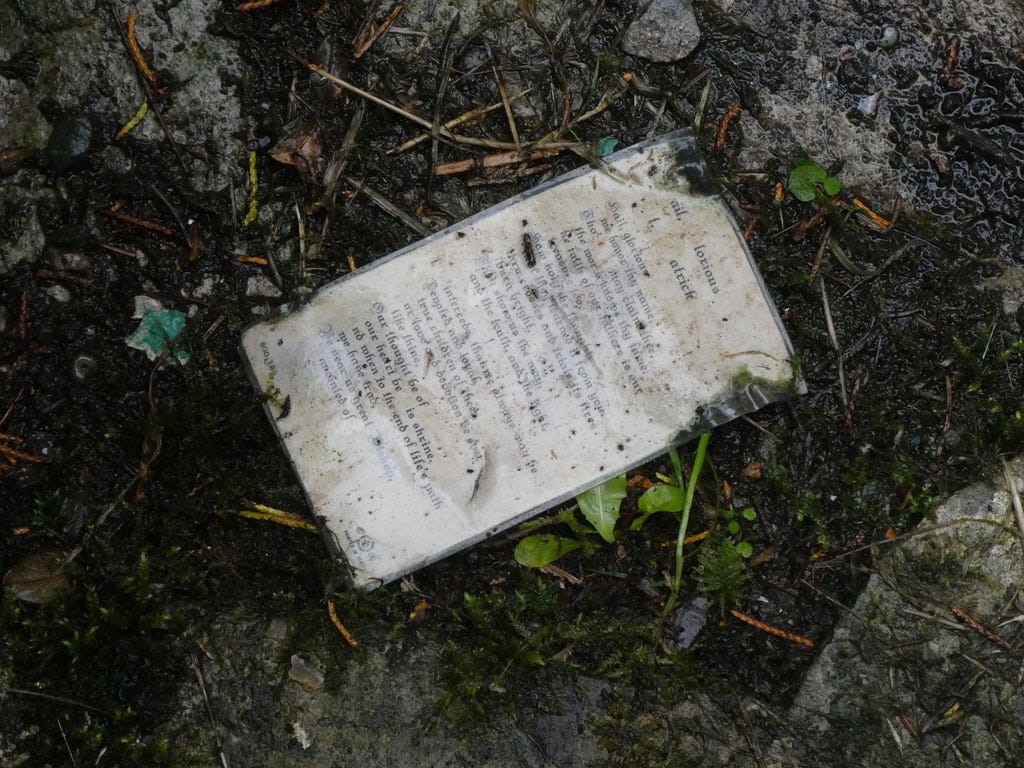
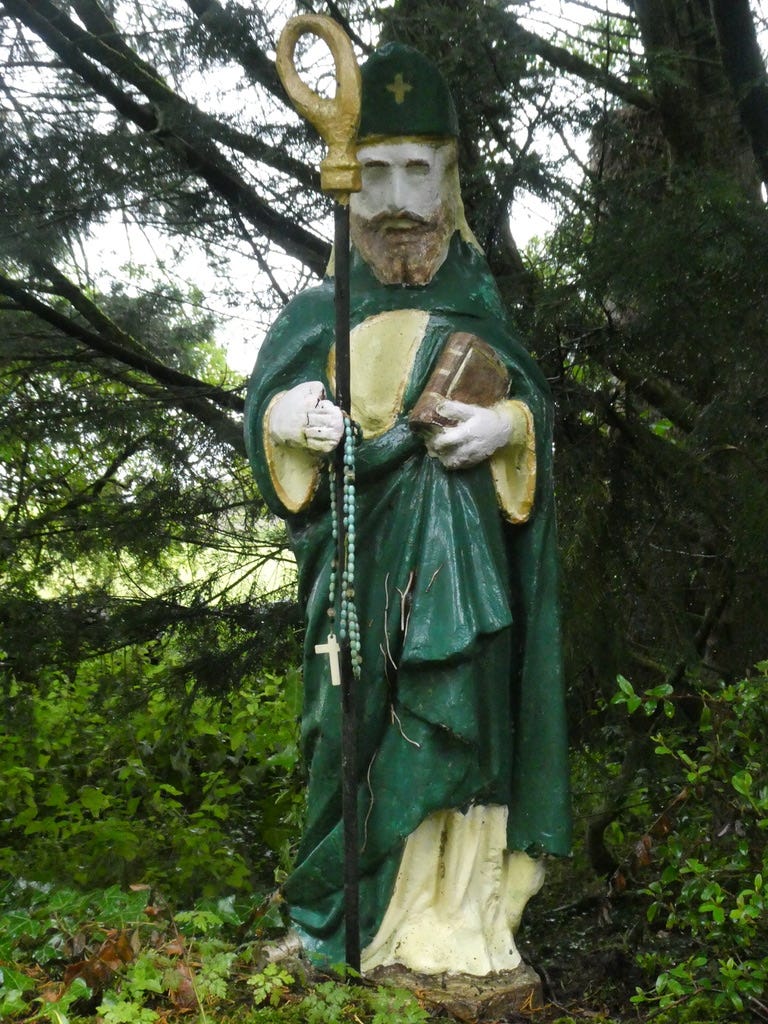
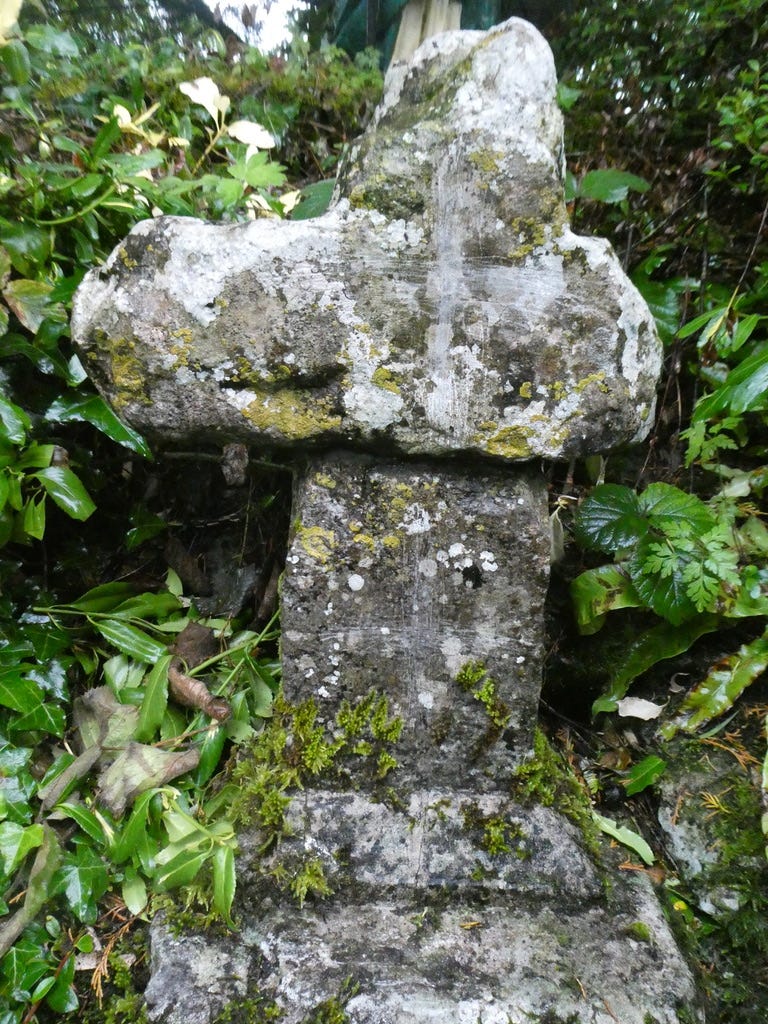
I live in Dublin and we have been to the St. Paddy's Day parade when the kids were little. Now we go for a walk and stay away from city centre. I think if Patrick showed up in Dublin on this day there would a little 'cleansing of the temple' action!
Anyone with a bit of faith at the moment is an edgeland Christian, hanging onto a rock in a storm trying to get ready for eternity with the one who made it all.